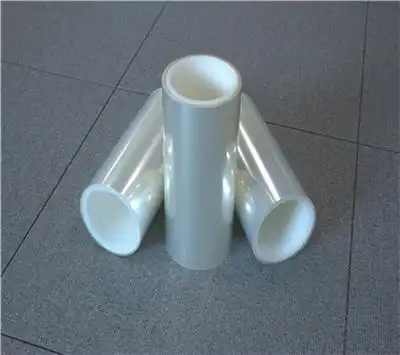Views: 11
The main differences between silicone oil film (silicone release film) and fluorine release film are their chemical properties, applications, prices and differences in die-cutting material selection.

Chemical properties and applications:
The main component of silicone oil release film is vinyl silicone oil. Silicone oil release film will not react to acrylic (acrylic) adhesive surface. It is mainly used for wet coating and composite die-cutting of acrylic (acrylic) system glue. For example, OCA coating and film change die-cutting, graphite calendering support, MLCC (ceramic capacitor) cast support, some special silicone oils can also be used as thermal conductive silicone and foam silicone calendering support.
Fluorine release film is a fluorine-containing block fluorine silicone polymer. Fluorine release film will not react to the silicone rubber surface, has a stable release force, and is suitable for high-temperature silicone pressure-sensitive tape composite die-cutting and punching. It is easy to peel off after use, and the adhesive force of the tape can maintain about 95% of the original. It is widely used in the adhesive manufacturing process of industrial products such as PI, green high-temperature tape production, silicone double-sided tape die-cutting and punching, and thermal conductive silicone casting.

Price: The price of fluorine release film is relatively high, while the price of silicone release film is relatively low.
In the choice of die-cutting materials:
Generally, silicone tape is paired with fluorine film, while acrylic tape is paired with silicone oil film. Different products will use different materials.
